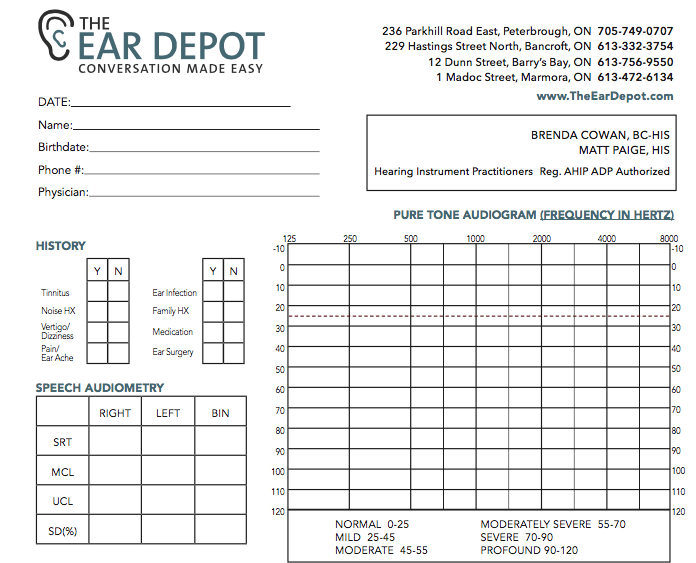The Dreaded Q Word: Q-Tips
The Q Word In the hearing field, there is one word all practitioners and staff dread hearing. It’s not some big fancy medical term to describe someone’s hearing loss or anything to do with paperwork… it’s a common household item. By now you may have guessed it; yep the dreaded Q word is Q-tips! Q-tips tend to be the most common thing (including other unmentionables, in case we give you ideas!) people put in their ears to clean out the wax or just get that itch that’s too far for your finger. It seems pretty normal, right? But to hearing professionals, this makes us cringe a little bit. Did your grandma or mom ever tell you “never stick anything smaller than your elbow in your ear.” There is some truth to this. The ear is a very delicate organ in the body and wax is an important part of that system. Sure too much wax can be a little gross but stay with me on this one. Wax is created by special cells in the outer ear. The wax keeps the ear canal healthy, the skin soft, and protects the middle ear from dirt and debris. Some people produce more wax than others. Don’t we need to clean our ears? Yes and No. The very outer part of the ear, called the pinna, can be cleaned regularly with a washcloth or while you shower, but the ear canal is mostly self-cleaning. Enough water gets in...



Recent Comments